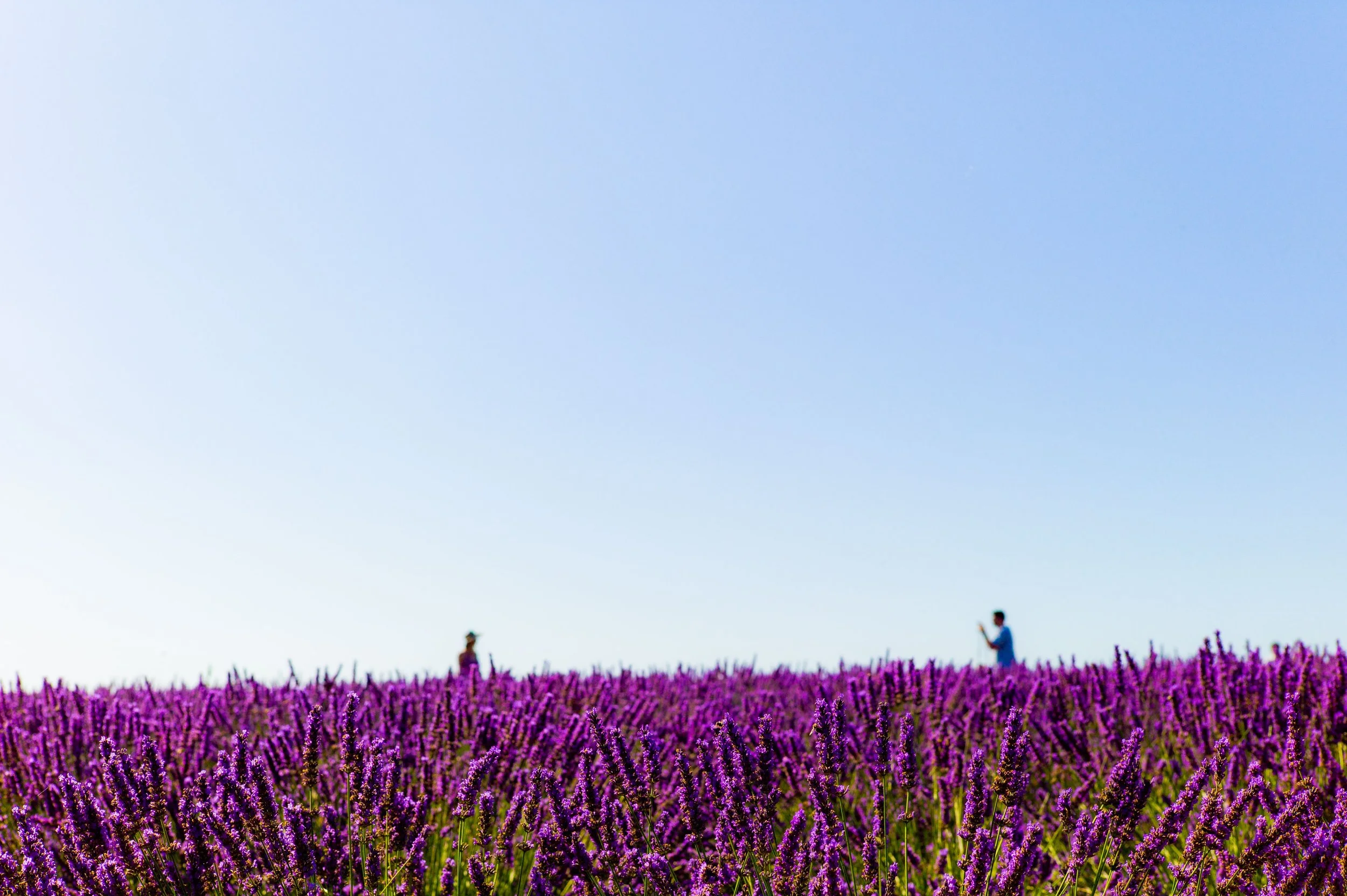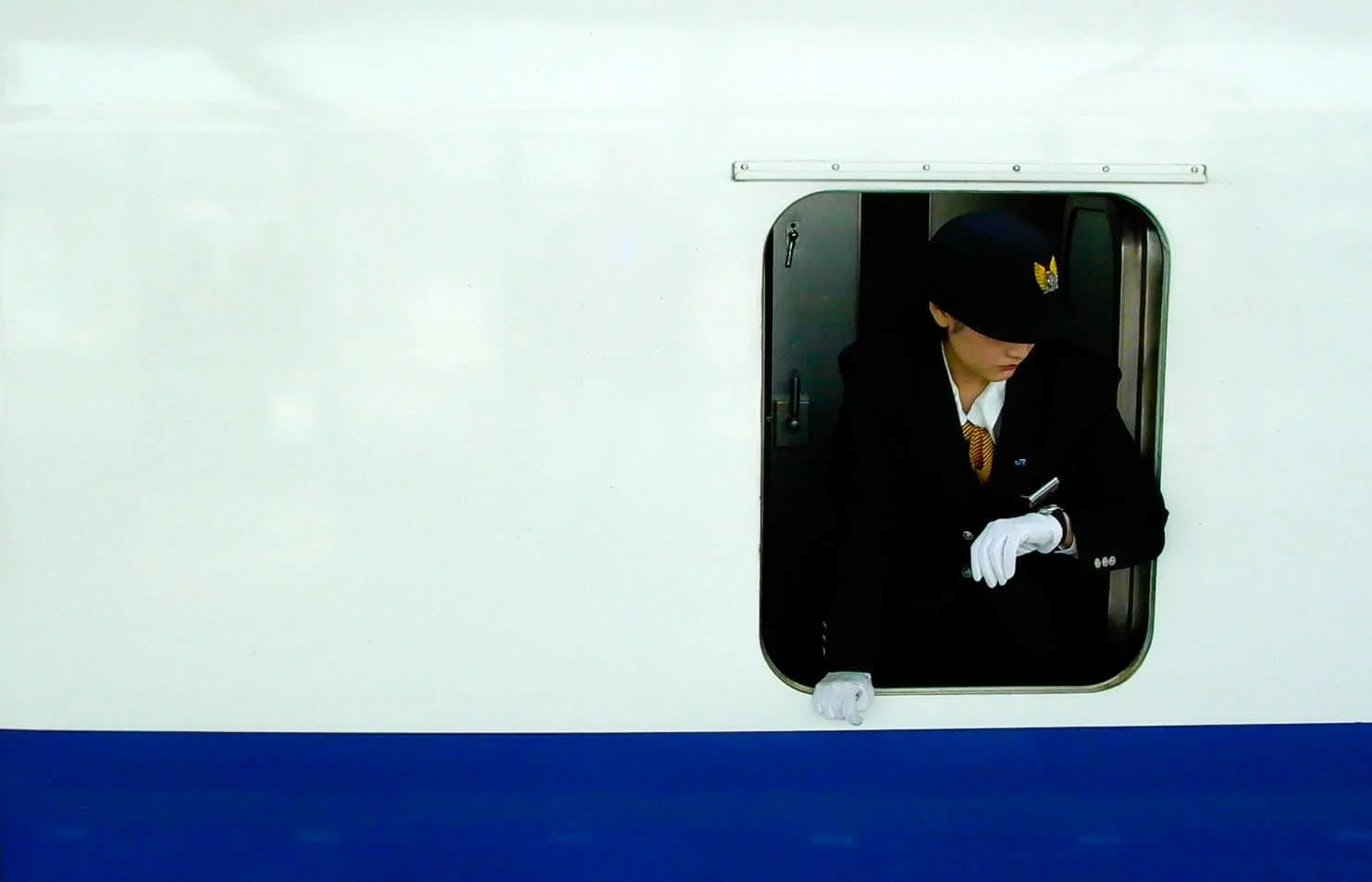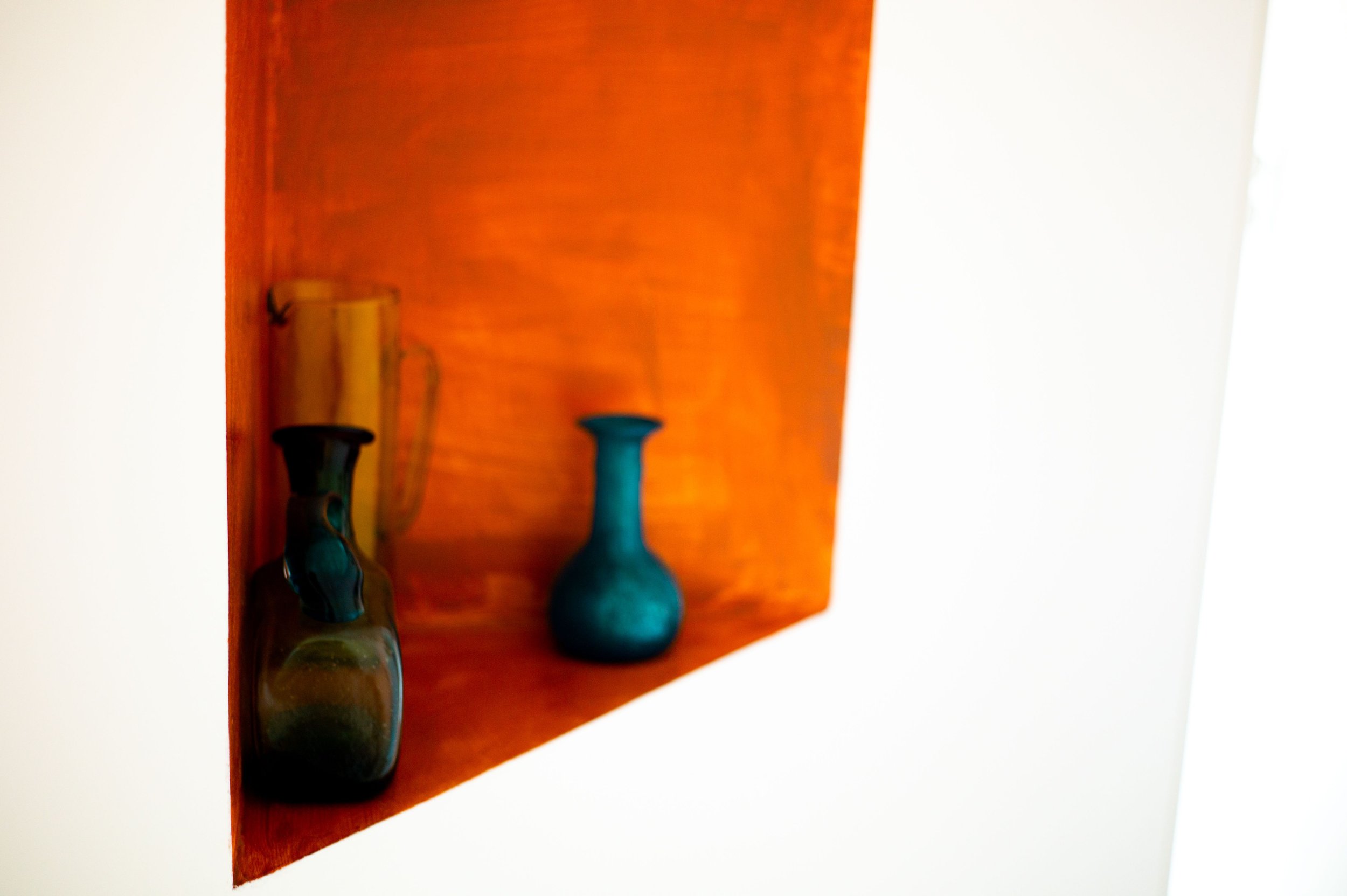A Conversation with October Featured Artist Larry Simon
We last talked to you about your work in depth in 2019. How has it changed over the last several years?
Due to the pandemic, my work was in a holding pattern until we could start traveling again. Photographers like me need to be out in the world to make their art. So in 2022 and 2023, traveling again was a kind of rebirth of making the type of art I like to make, which requires me to roam foreign places and spaces looking for intriguing subjects. Needless to say, getting out there again was liberating.
Can you tell us a little about the inspiration for this exhibit? Any recent trips that were particularly memorable or fruitful from an artistic perspective?
The three most recent trips, to Siracusa and Rome, New York, and France reignited my love of finding meaning in seemingly quotidian moments and objects simply by engaging in the process of being a flâneur. In my experience, following ways that lead to ways for no reason whatsoever almost always leads me to a good photograph. These aimless wanderings in new places inspired the exhibit, which brings us to your next question.
Your exhibit is called ‘Still Life.’ A number of your pieces are not still lifes; can you tell us more about this title and the work in the exhibit?
Aha! Well, for me, all the pieces in the exhibit are Still Lifes, maybe not in the traditional ‘critical art’ sense, but certainly in an interpretive sense. I’ve alway enjoyed juxtaposing familiar words and phrases by giving them fresh meaning, and this is one of those times. Catching a person in the ephemeral moment of doing nothing, or something, is in my imagination a Still Life, because, no matter how seemingly insignificant the moment, it is still the living of life. From another vantage point, the composition of my photographic images might suggest a more literal interpretation of a Still Life: like a lone figure contemplating a large painting in a vast museum gallery, or two tiny figures planted in a field of lavender, perhaps shouting across to each other. Or one of my all-time favorites: the perfectly-dressed Japanese train conductor perfectly checking her watch. She is frozen perfectly in a moment that rivals any Still Life I’ve seen, only she’s alive and breathing and in another instant will continue on with her life, while a bowl of apples will not. For me, the magic comes in catching these random moments in a composed frame. Speaking of which, one of the images in this exhibit appears to be a ‘true’ Still Life of three vessels on an orange background, but this is an illusion. It is actually a photograph of a niche containing the vessels in a wall of a flat in Aix-en-Provence.
In our previous discussion, you compared your artistic process to your time in advertising, in that each were built on creative ideas. Can you explain how your images are influenced by creative ideas?
I feel that a constant curiosity which keeps prodding us to ask the question, ‘Why not?’ is the foundation to making art. Knowing the rules, and then breaking them, as is the case with these Still Lifes, is an example of that.
My creative work in advertising and journalism taught me to that every execution needs an idea. While I can’t say every photograph I make begins that way, usually while looking through my work, an idea or theme will emerge. Then there’s the satisfying process of finding photographs I’ve made to support that idea. So I don’t go out in search of subjects to photograph in support of the theme; it comes later. Last but not least, I was fortunate to work with creative people who constantly exhorted us to not fill in all the blanks, and I think this idea influences me more than any other, because it leaves space for the viewer to interpret the photograph with their own eyes and heart.



